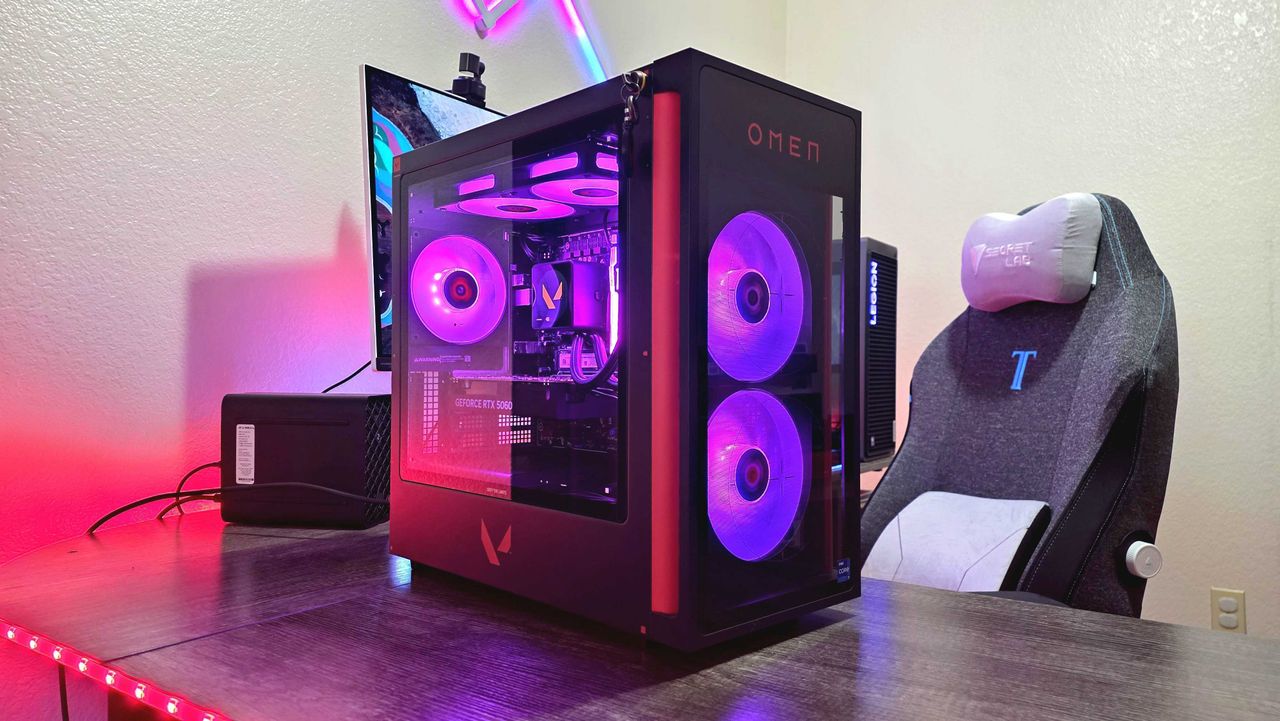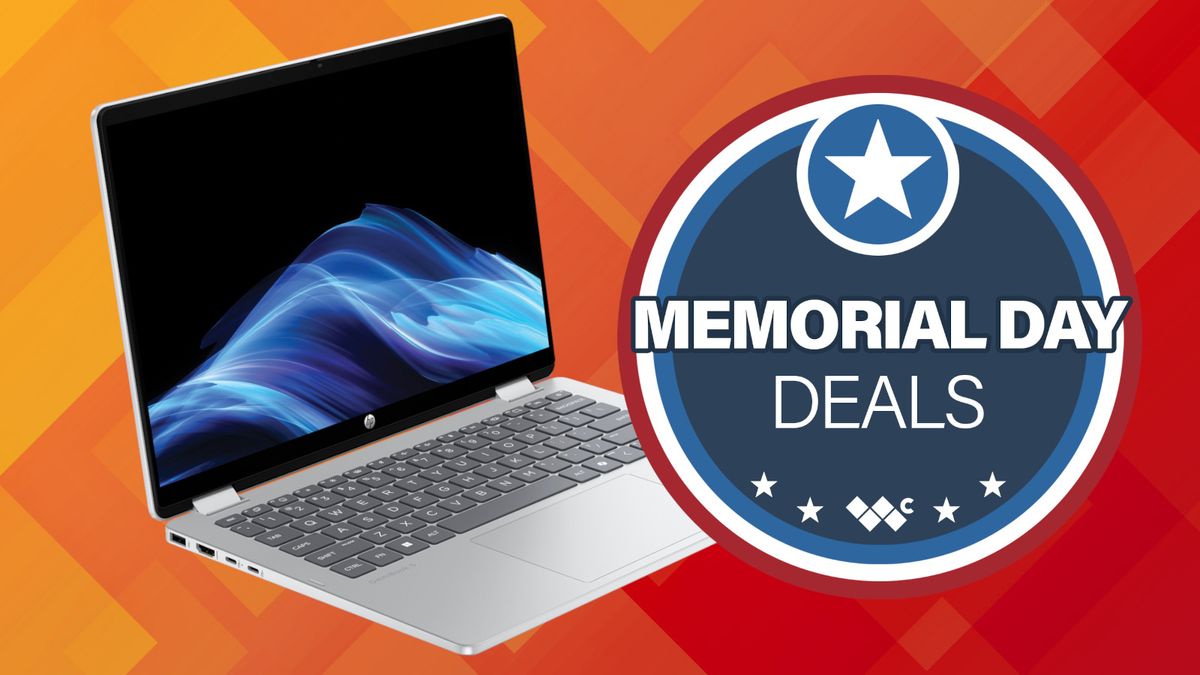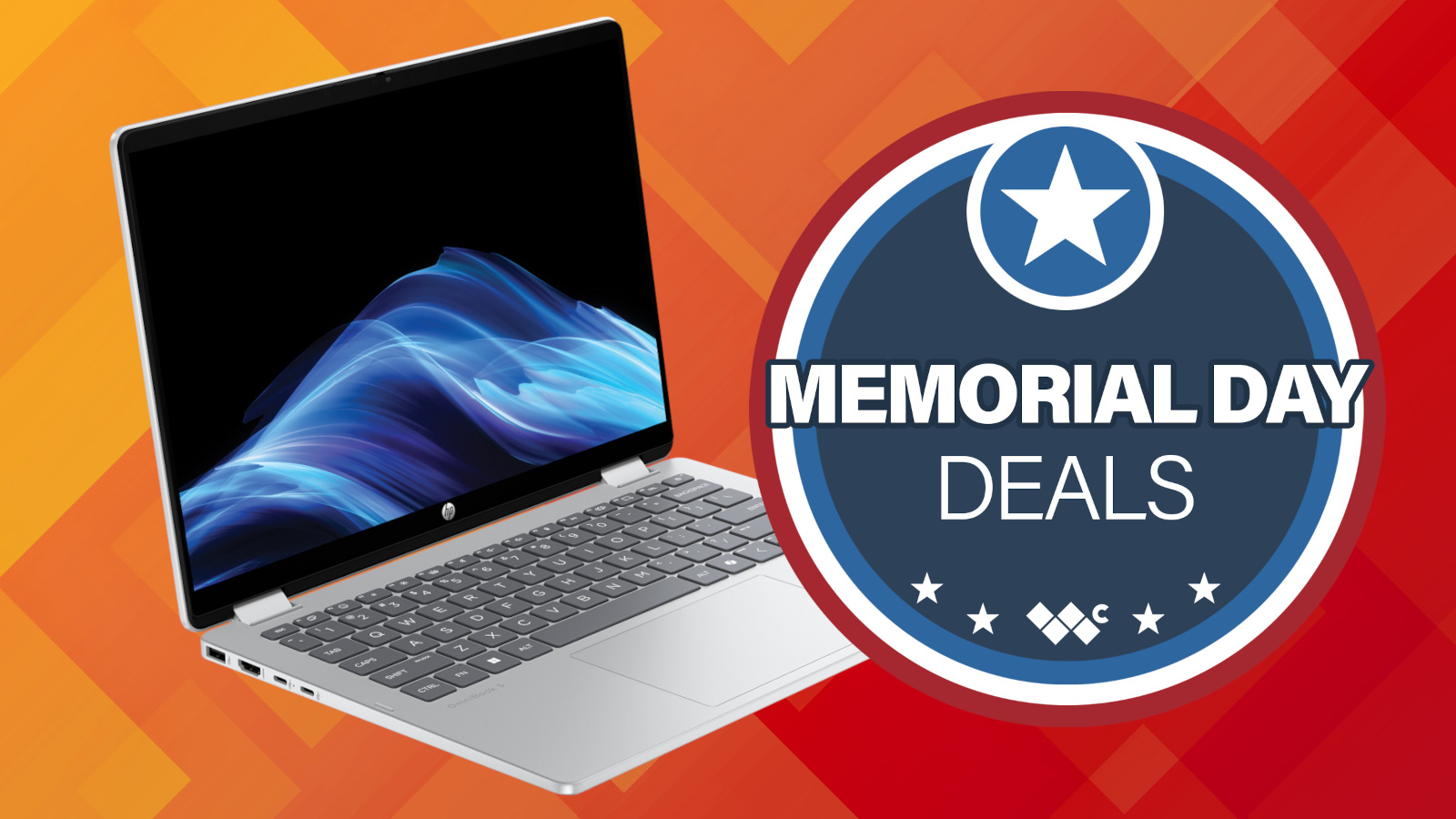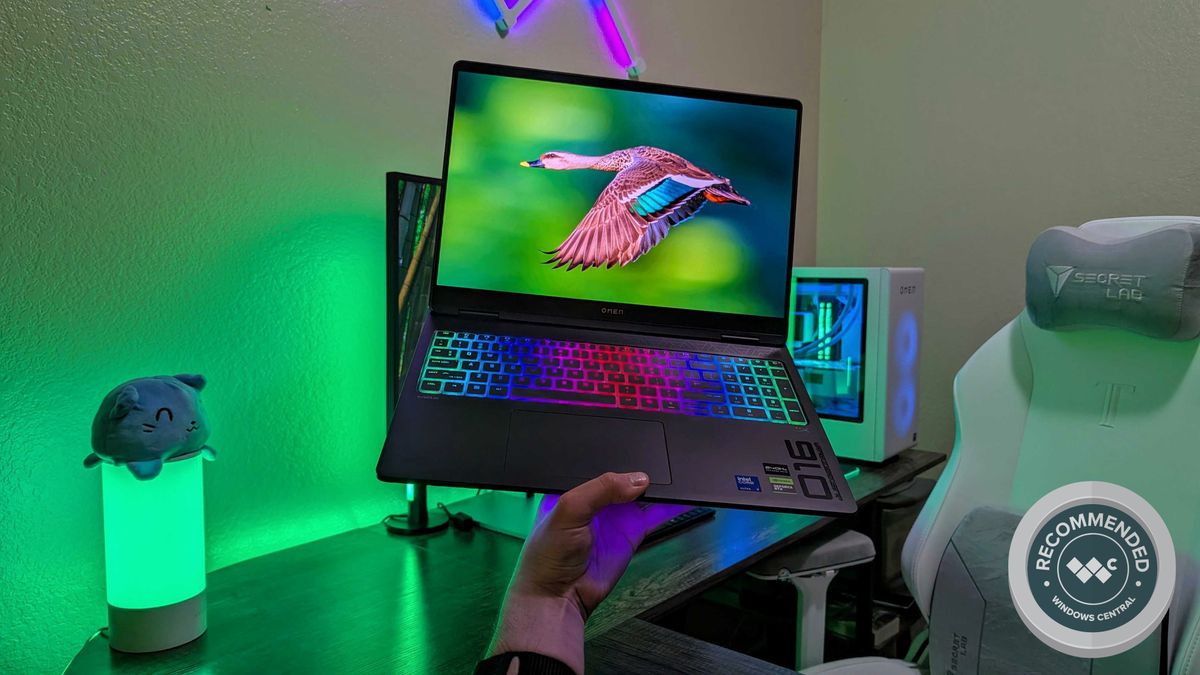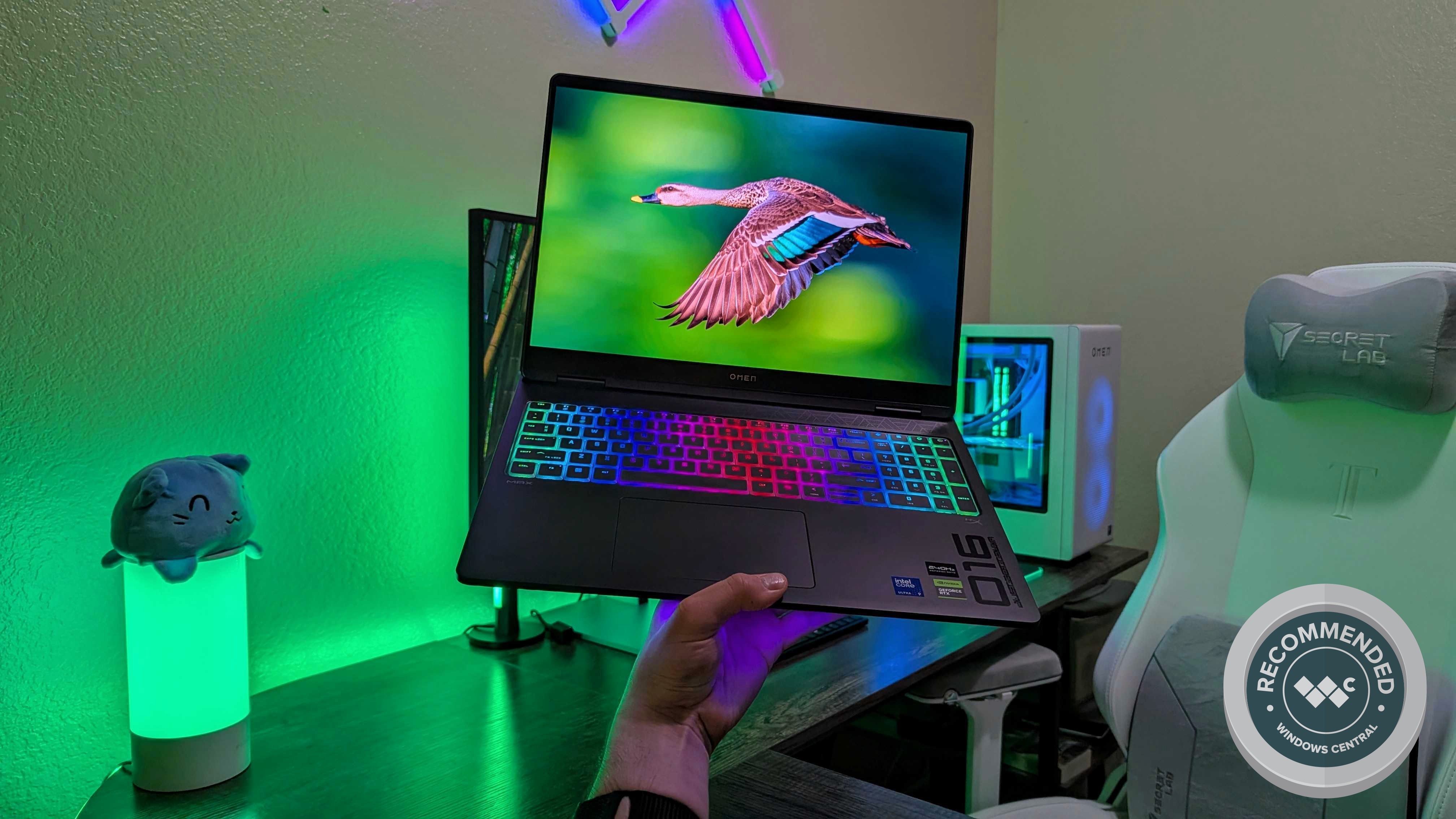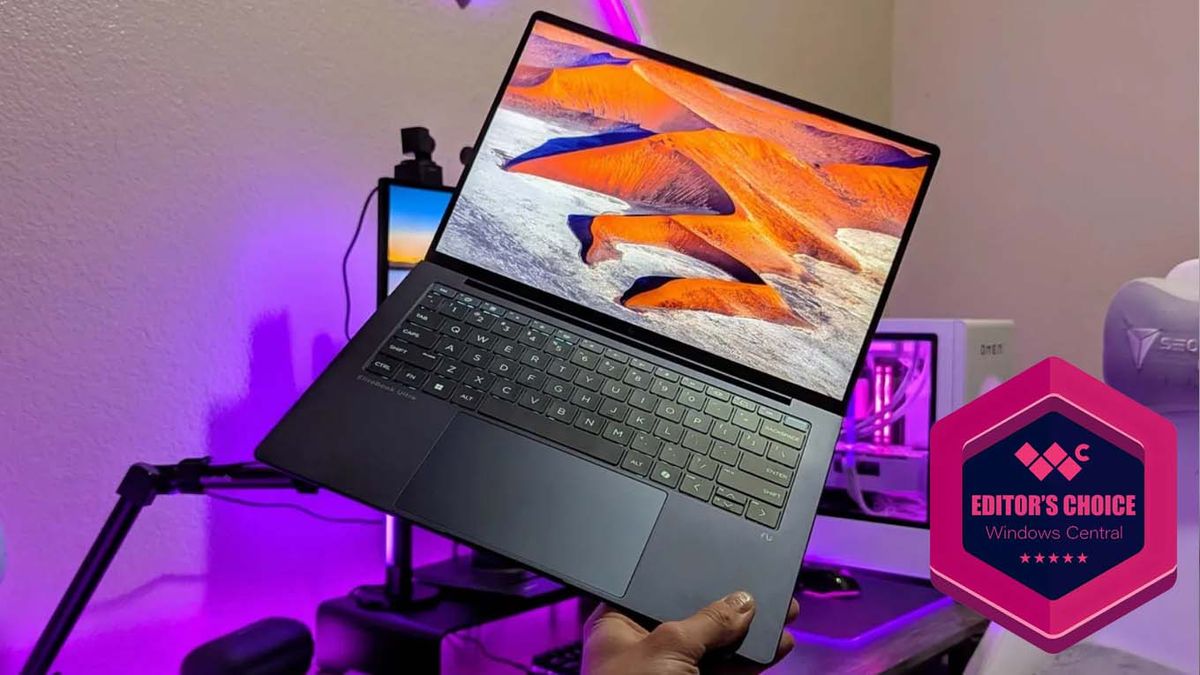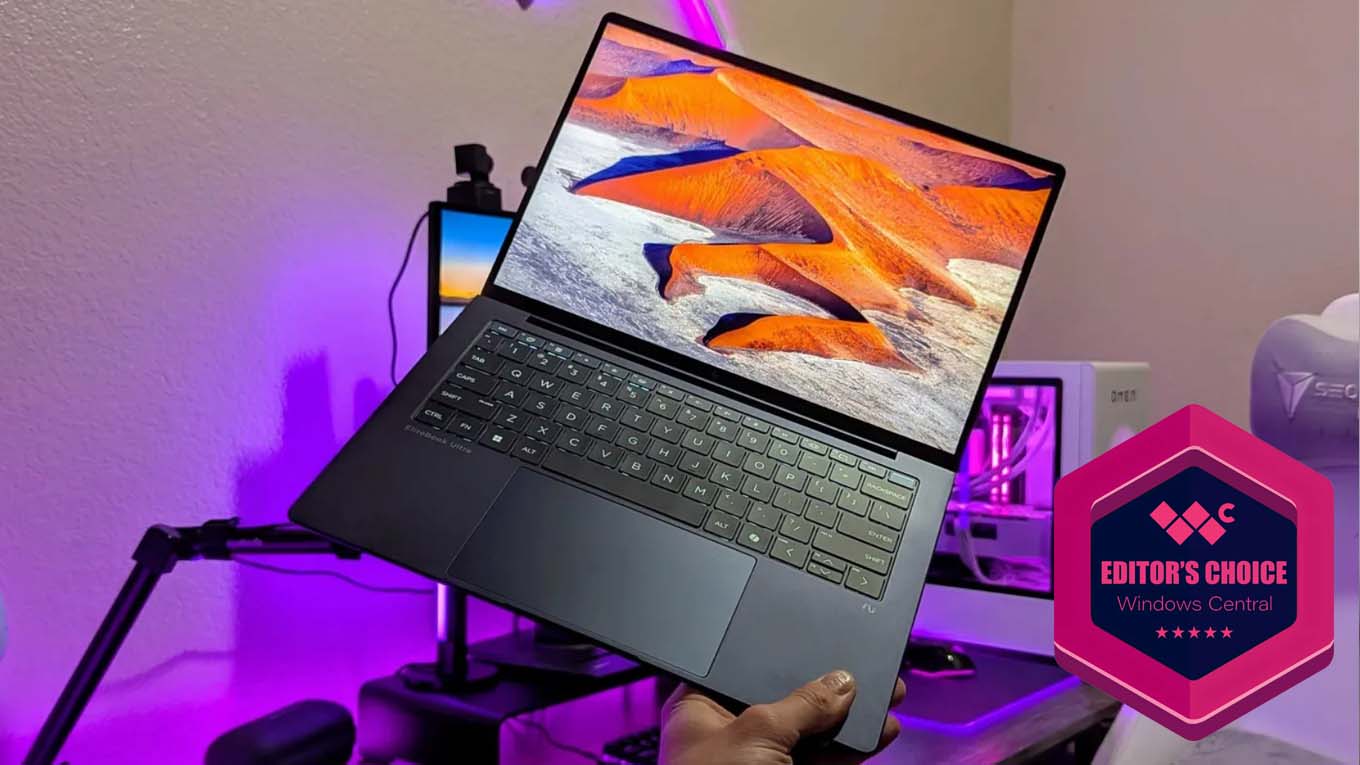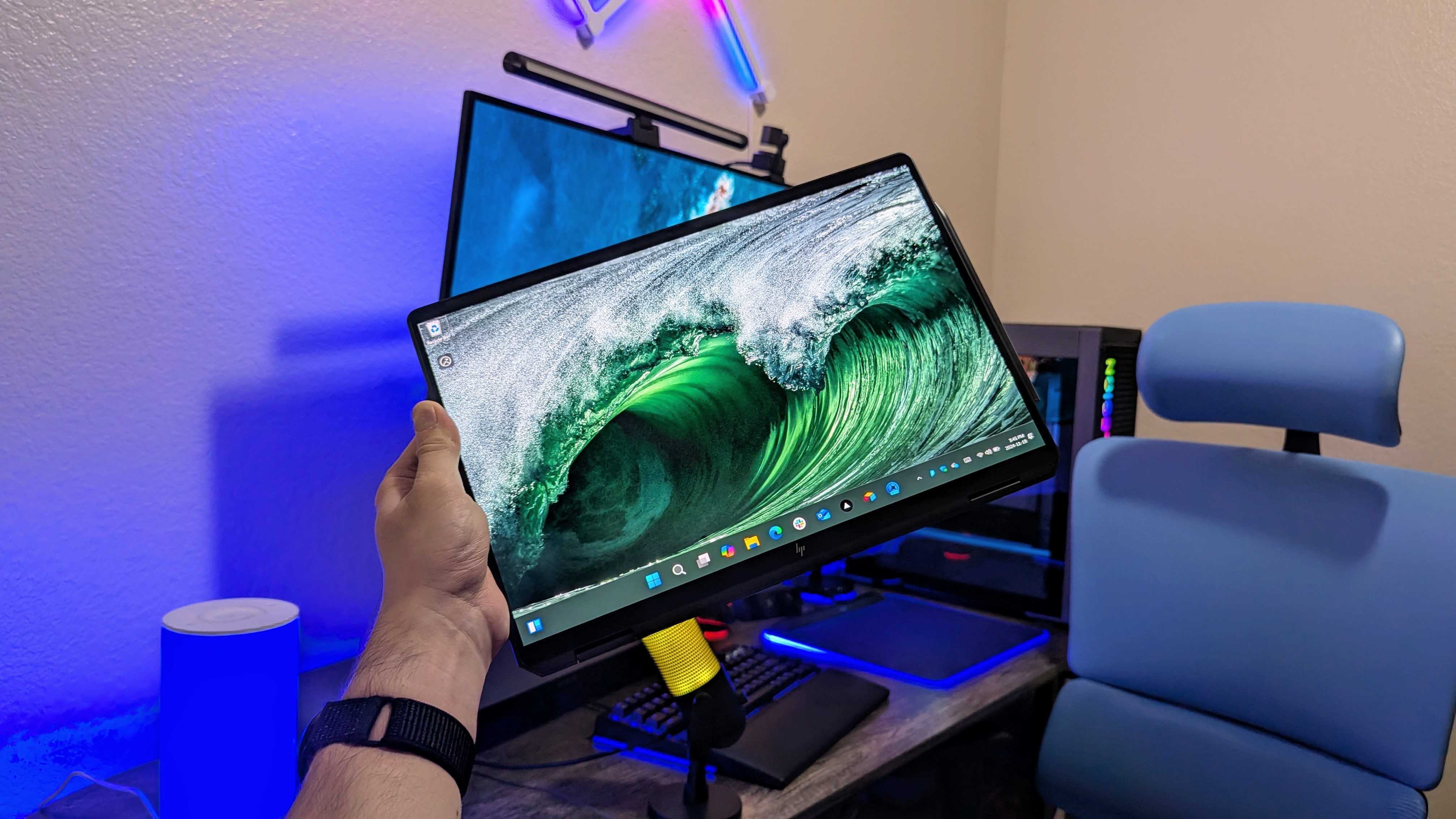Poznote - La meilleure app de notes auto-hébergeable que vous pourrez trouver !
Vous cherchez une app de prise de notes que vous pouvez héberger vous-même, sans dépendre d'un cloud propriétaire qui va analyser vos pensées les plus intimes pour vous balancer de la pub ciblée ?
Ça tombe bien car j'ai reçu un mail d'un lecteur, Tim, qui bosse dessus depuis des années et qui vient de la partager en open source. Alors je fais mon taf et je vous en parle !
Ça s'appelle Poznote , et c'est une application web légère pour la prise de notes. Le truc cool, c'est que vous gardez la main sur vos données puisque tout tourne chez vous. Pas de cloud tiers, pas de tracking, pas de "on analyse vos notes pour améliorer notre IA". Vos notes restent vos notes.

Côté fonctionnalités, y'a de quoi faire puisque c'est un éditeur de texte enrichi, avec support Markdown, une recherche super puissante, un système de tags, le support des pièces jointes, des espaces de travail multiples... Et y'a aussi des trucs plus originaux comme l'intégration d'Excalidraw pour dessiner des schémas et les diagrammes Mermaid pour les devs qui aiment visualiser leurs architectures. Et bien sûr, mode sombre parce qu'on est en 2025 quand même et que cette année était bien bre-som quand même !

Ce projet tourne avec PHP 8, SQLite pour la base de données, et un peu de JavaScript vanilla avec React juste pour le composant Excalidraw. Et les notes sont stockées en HTML/Markdown avec les métadonnées dans SQLite et les pièces jointes dans le système de fichiers.
Pour l'installation, c'est du Docker comme d'hab, donc vous récupérez l'image, vous configurez quelques variables d'environnement, et hop ça tourne sur le port 8040 avec les credentials par défaut admin/admin123! . Le projet supporte même les instances multiples si vous voulez séparer vos notes perso de vos notes pro sur le même serveur.
Y'a aussi une API REST complète avec documentation Swagger intégrée pour ceux qui veulent automatiser des trucs ou intégrer Poznote dans leur workflow. Vous pouvez aussi partager des notes publiquement si besoin, créer des listes de tâches, et y'a un système de corbeille pour récupérer ce que vous avez supprimé par erreur.
Le backup est également intégré directement dans l'app avec export complet de vos données et vous pouvez même consulter vos notes offline une fois exportées. Et tout le code est sous licence MIT.
Voilà, si vous voulez tester avant de vous lancer, y'a une démo dispo sur poznote-demo.up.railway.app avec les identifiants poznote/poznote. Ça vous donnera une idée de l'interface et des fonctionnalités sans rien installer.
Bref, si vous cherchez une solution de notes auto-hébergée incroyable, Poznote c'est gratuit, c'est open source, et ça respecte votre vie privée. C'est le top du top alors je dis un grand bravo à Tim pour le boulot accompli !!





